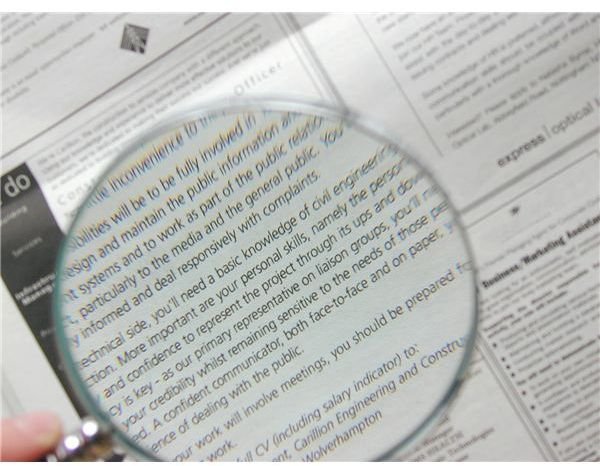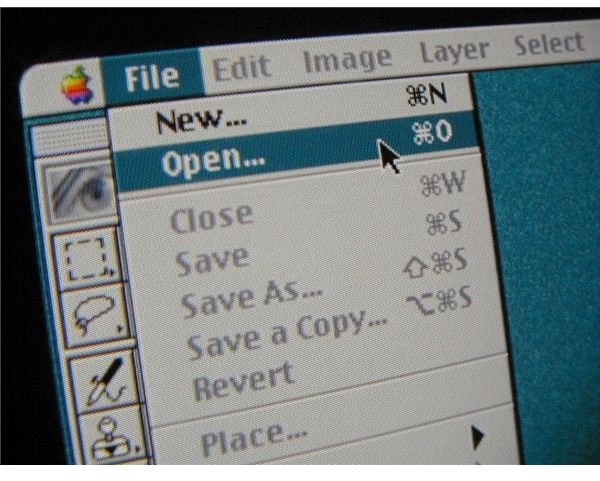How to Calculate Cashflow Payback Period: Is It Still Practical Today?
Why the Emergency Meeting at Duryan Construction Company?
The emergency meeting of Duryan Construction Company’s key personnel initiated by the CEO hinself, Robins Seething, was a reply to Mr. Howen’s message the other week. The newly appointed Vice President for Finance had said, “If the company does not improve its cash flows for the next two months, it will be short in cash on the two forthcoming big projects at the north of the Southville area.” Howen added, “I looked into the last two years’ projects’ profitability and I still cannot find the answers to my questions. Let me ask Miss Perez if projects are being reviewed before their acceptance.”
“Oh, yes, sir. We use some evaluation tools like the Cashflow Payback Period to review projects,” replied Miss Perez. “This is what the Mr. Lorenzo instructed me to do for the last 3 years,” she added. And that resulted in Mr. Howen’s amazement that Miss Perez was still using that method. Let’s take a look at it.
Cashflow Payback Period Method: Two Kinds of Cash Flows

Cashflow payback period method is a kind of method that is used to evaluate projects through the movement of cash into the business out of the project that is being financed by the company. It considers the time required by management to recover the original investment.
When the cash flows of a project are of the same amount each period, this is how to calculate cashflow payback period:
Payback Period = Original investment divided by annual cash flows
Using the data for Henry Manufacturing:
Investment on the plant equipment $1,000,000
Annual Cash flows from the project $150,000
The payback period or the number of years that Henry may be able to recover its investment is:
Payback period = $1,000,000 divided by $150,000
Payback period = 6.67 years
If cash flows are not the same amount each period, payback is calculated by adding the annual cash flows until the original investment is recovered.
Going back to Henry, for example, cash flows are different each year, like below:
Period cash flows:
1st year $150,000
2nd year $100,000
3rd year $200,000
4th year $150,000
5rh year $250,000
6th year $150,000
Total $1,000,000
In this case, Henry Manufacturing will be able to recover its investment of $1,000,000 in 6 years.
As a guide for evaluating project proposals, companies may set a maximum payback period for all projects and reject projects that exceed the maximum payback period allowed.
Reasons for Using the Payback Period to Screen Projects
The use of the payback period method is supported by the following arguments:
The payback period may be used as a rough measure of risk. The longer the payback period, the riskier is the project. Generally, projects cannot be pursued because of an unfavorable economic influence like the sudden increase of prices on materials and labor. The company simply falls out of budget if it chooses to continue with the project.
Firms with liquidity problems may want to select projects with quick paybacks. When a company has only enough cash to finance its project for a particular period of time, it will make sure that it can recover its investment possibly in a short time. Liquidity problems give way to the non-payment of operating expenses and other immediate operational obligations like the payment of loans.
Firms in industries with a high risk of obsolescence may want to recover invested funds rapidly. Problems like these will not only create negative operational results but also losses on capital expenditures.
Tthe division manager’s performance is based on short-term measures, such as net income. The manager may select projects with a short payback in order to affect net income as quickly as possible.
What are Some Weaknesses of the Payback Period?
There are two weaknesses of a payback method that are important to be addressed by management:
It ignores the time value of money. Today’s fast-changing business environment, where business competition is stiff, impels the decision maker to utilize appropriate management tools in evaluating projects. One of the most critical areas that should be considered by a manager is on the time value of money. Thus, a manager should not settle on tools that ignore these areas.
It ignores the profitability of investments beyond the payback period. If the payback period fails to ignore the correct measurement of the a project’s profitability within the payback period, how much more profitability is beyond the payback years?
Conclusion: Is the Cashflow Payback Period Method Still Applicable Today?
Reading the supporting arguments on the use of payback period gives us the idea that short-term, determinable projects and easy-to-compute procedures are the reasons why some decision makers choose to utilize this kind of tool in evaluating projects.
However, in this fast-changing world, particularly in the business place where competition is very stiff, it is important to know how much money in the form of capital will be worth in the future. For example, if the company is expecting to acquire a 4% increase after a year in terms of returns, but inflation runs at 5%, the company is not actually earning. The worst scenario is if the company borrowed the funds for its projects.
To avoid these failures in the future, management opts to use other kinds of evaluation tools in order to assess projects wisely. Measuring tools that consider the internal rate of return and discounted cash flow methods are more favored by management nowadays.
The method for how to calculate cashflow payback period should be not used as the sole criterion for project selection. It may be used in conjunction with discounted cash flow method that considers the time value of money.
Book and Image Credits:
Management Accounting by Hansen, Mowen, Elias and Senkow 1995
www.freedigitalphotos.co.uk macscreen1
